In the early part of this decade, household spending was supported by healthy employment growth and rising disposable incomes.
In addition, low interest rates and the positive wealth impact from a buoyant housing market have fuelled the rapid expansion in credit.
As a result, consumer spending rose by 2.3% in 2003 and 3.3% in 2004, contributing to overall UK economic growth of 2.2% and 3.1% respectively.
There are, however, signs that the household sector – the biggest purchase before a car – has cooled of late. In response to concerns over rising debt levels and house price inflation the Bank of England raised its official base rate from 3.5% in November 2003 to 4.75% (the last increase occurred in August 2004).
In response, the housing market appears to be stabilising, while consumer credit growth has eased.
Household spending slowed in 2004 quarter four and is likely to moderate further this year, as consumers become more cautious over borrowing.
The used car market continued to go from strength to strength despite falls in other areas of the retail sector. Year-end figures for 2004 show an increase in used car sales of 3.7% compared to 2003, with sales reaching just under 8m.
This increase appears to be at the expense of new car sales, which were down last year by 0.5% – the first fall in more than five years. New car sales dropped to 2.57m compared with just less than 2.58m in 2003 and currently sit at 24% of the aggregated number of new and used car sales.
In terms of car segments, this year’s figures support the trend seen over the previous few years.
While the shares of basic, executive, and lower medium continue to decline – although lower medium remains the biggest sector with almost 30% of the market – there is a continuing trend in the growth in popularity of the MPV, sports and SUV segments.
Used car transactions by age
There is a continuing trend towards the sale of used cars under the age of three years. This increase in sales may well be coming at the expense of new car sales as people opt for nearly new, at significantly less cost, but virtually new quality. This increase may also be put down to the increasing number of used car programmes, which encourage the sale of these high quality younger cars.
This trend for nearly new cars can be further seen when comparing the sale of used vehicles between 0-3 years and new cars. The number of transactions of used vehicles between 0-3 years stood at 60% of the total number of new car sales in 2001 and increased to over 70% in 2004. We can expect this trend to continue into 2005.
Used car transactions of cars under one year old have risen from 7.7% in 2001 to 9.1% in 2003. This figure remained steady at 9% in 2004. This increase is at the expense of cars over nine years old. Their share is now 35.4% compared to almost 40% in 2001.
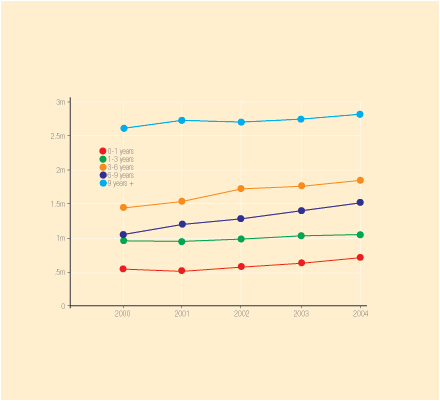
New vehicle used: total sales 1999-2004
Last year saw the highest ratio of used car transactions to new car transactions in the last five years. This ratio was at its lowest in 2001 and 2002 when there were 2.8 times as many used car transactions as new and peaked last year in 2004 with 3.1 times as many used car transactions.
With the proliferation of value for money used cars under the age of three expected to rise, and the values guides predicting residual falls this year, the ratio of used car transactions to new can be expected to remain at this higher level.
The general slowdown of consumer spending seems to have had greatest impact on new car sales. With this trend again expected to continue, this will further fuel the likelihood of the ratio of used car transactions to new car transactions remaining high.
With this trend having continued so far into 2005, this ratio may well expand by the end of the year.


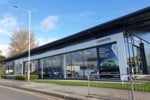



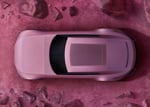

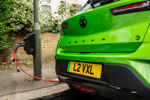


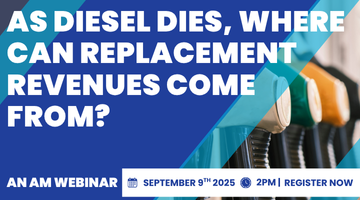


Login to comment
Comments
No comments have been made yet.